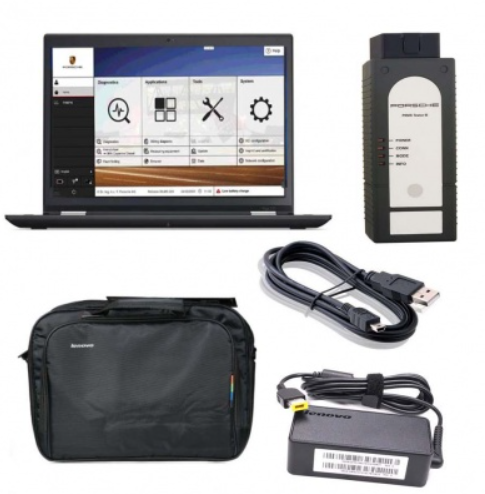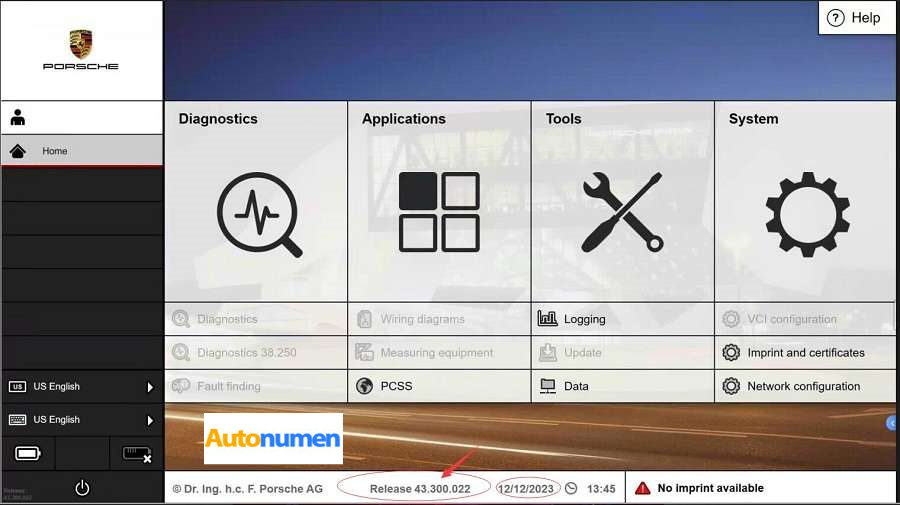If you have recently purchased a Porsche Tester III, here are some programming tricks and tips that can help you make the most out of your diagnostic tool.
The Porsche Tester III, also known as PORSCHE PIWIS 3, is the latest professional workshop Diagnostic Tool available in the market. It is designed to read and clear trouble codes, display ECU information, test live data, and program various functions. It is particularly useful for diagnosing and repairing Porsche cars produced after 2005. The PIWIS III comes with an original oscillometer and multi-meter function, making it an indispensable tool for any job.
The software program of the Porsche PIWIS 3 is multilingual, and it includes a comprehensive database for repairing Porsche cars. It supports the latest models such as Panamera, Cayenne, Targa, Porsche 911 Carrera, Porsche Macan, Porsche 918 Spyder, Turbo, and more. The software version is V43.300.22+V38.250, which provides the most complete engineering mode.
Once you have purchased your Porsche Tester III, it is important to understand how to use it effectively. When you first connect the tester to your car, it will read the state of all modules and record any faults in a log. You can tag these logs as “before repair,” “during repair,” or “after repair.” While these logs may not hold much value for individuals, they serve as proof for Porsche that the dealer has performed the necessary work for service payment. However, it is beneficial to document all your errors offline as a milestone in your progress.
Programming or coding with the PIWIS 3/2 is essential for ensuring that the modules in your car work correctly. While you cannot update the firmware of the modules, you can program them to match your car. This includes adding or changing the VIN in the modules. Without the correct VIN programmed, new modules from Porsche will not work, as they need to communicate with other modules in the car. Additionally, you will need to program the modules to match your car’s options. For example, if you replace a module in the right door of a Panamera, you will need to program it to indicate that it is located in a right door, which will reverse the window’s up/down operation.
To set up and use your Porsche Tester III, start by connecting the VCI to your car and laptop. Ensure that the car is turned on but not running. Then, start the diagnostic program on your laptop. The PIWIS III will automatically determine the model of your car, while the PIWIS II requires you to select the model manually. If you are not connected to a car, both versions of the PIWIS offer a simulation mode, which allows you to familiarize yourself with the unit without affecting your car.
Once you enter the diagnostic mode, you will see a list of all the modules in your car. It is important to make sure that you are in production mode, as engineering mode shows all modules, even those not in your car. If the module names are in German, you are in engineering mode. You can select the language prior to entering the diagnostic program if you prefer a different language. On the module listing page, it is recommended to click on the “add menu” button at the bottom (F7). From there, you can run the “read all fault memories” option to check for any faults. It is common for faults to appear due to low voltage, so try clearing them first. If any faults persist, further investigation is required.
After clearing the faults, go back to the overview screen and select the module you want to investigate. Clicking on “next” will take you to the specific module, where you can access information, read inputs and outputs, and perform any necessary repairs.
One additional tip to keep in mind is that in order to use the PIWIS III, you may need to turn the date and clock back to 2020 for the VCI to function properly. However, once your car is automatically detected and connected, you can reset the date back to the current year.
By following these programming tricks and tips, you can effectively use your Porsche Tester III to diagnose and repair your Porsche car.


Leave a Reply